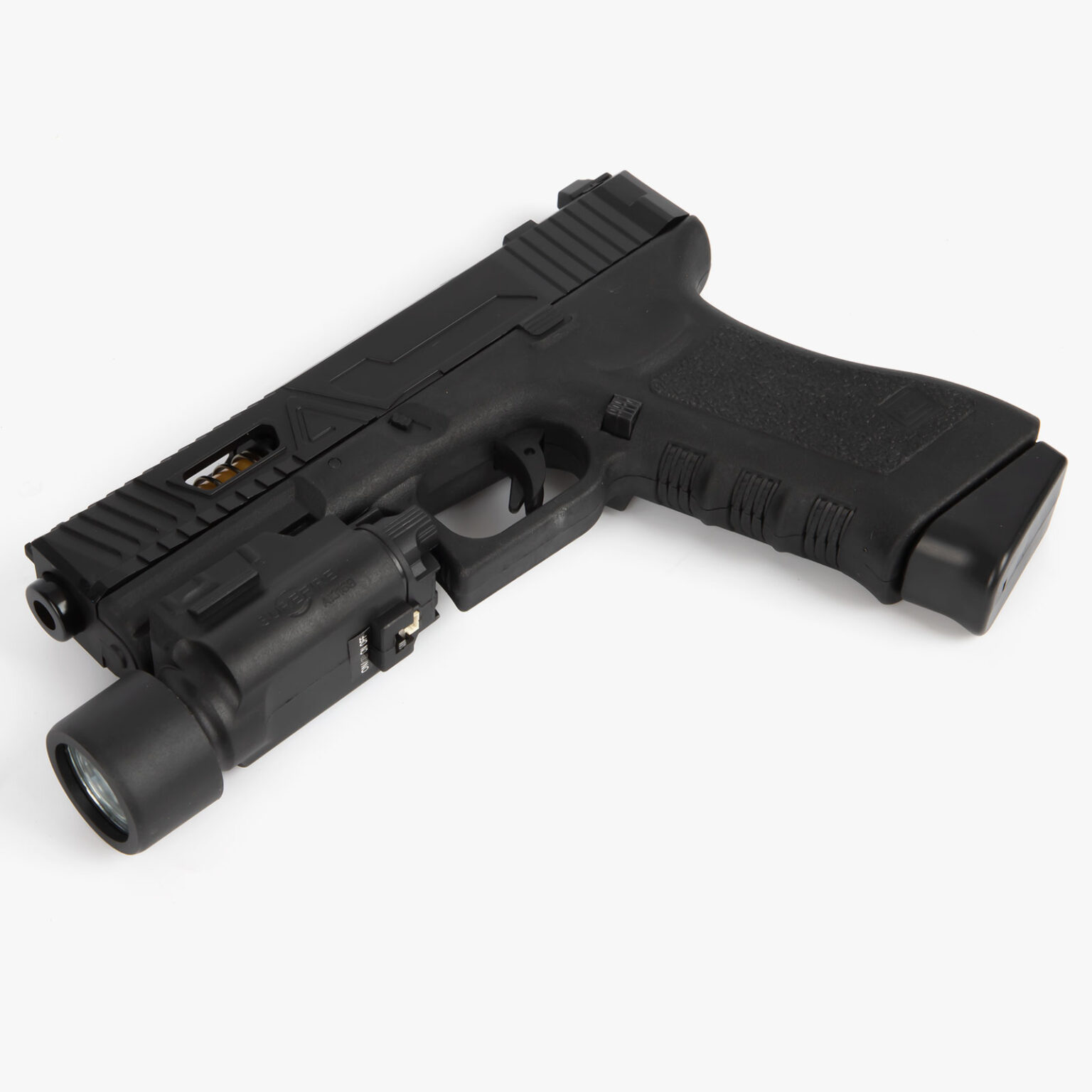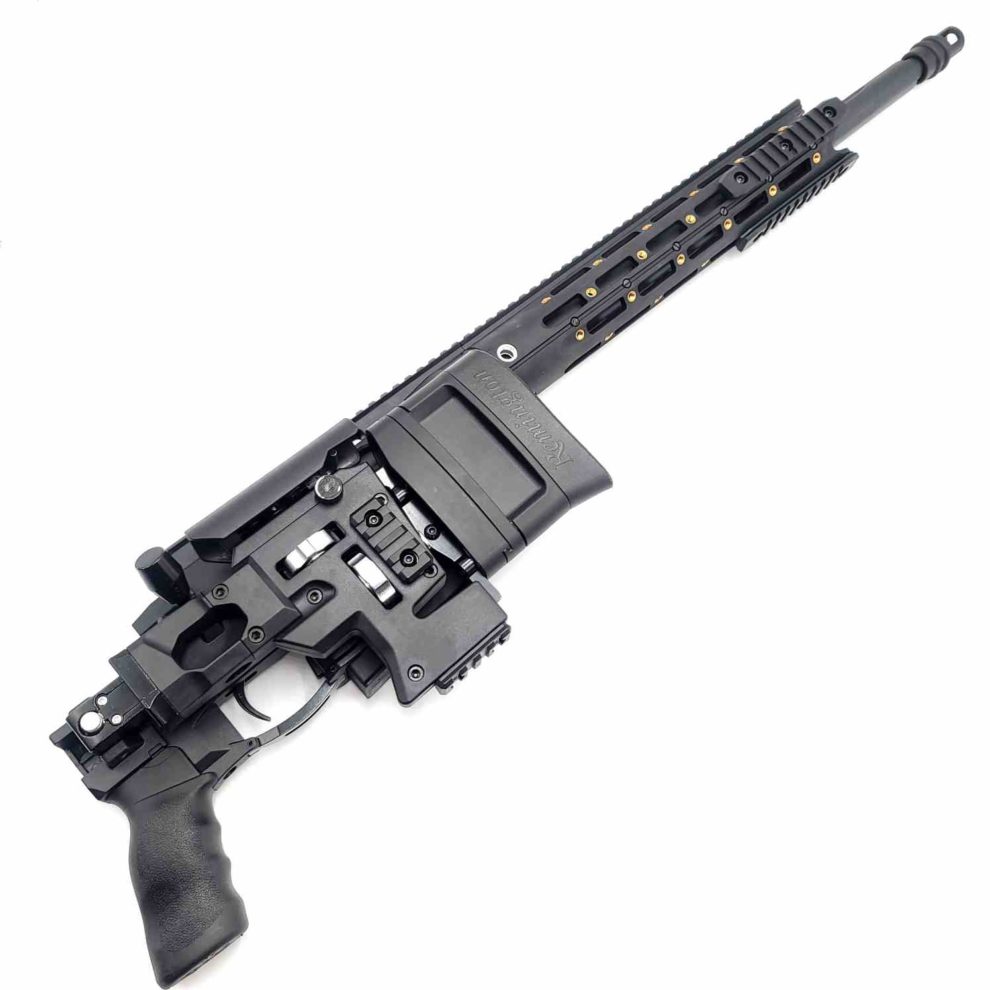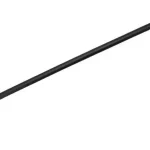I. Introduction

A. Definition and purpose of Orby guns in animal control and human safety
Orby guns are non-lethal weapons designed to aid in animal control and ensure human safety. They provide a safe and effective alternative to traditional control methods, allowing for the management of animal populations with minimal risk to both animals and humans.
B. The need for effective and non-lethal methods in managing animal populations
As human populations continue to expand and encroach upon natural habitats, the need for effective and humane methods of managing animal populations has become increasingly crucial. Non-lethal control methods, such as Orby guns, offer a viable solution to minimize conflicts and ensure the well-being of both animals and humans.
II. Orby Guns in Animal Control
A. Benefits of using Orby guns in animal control efforts

- Minimizing risks associated with traditional control methods
Traditional methods of animal control, such as trapping or poisoning, often come with inherent risks, including harm to non-target species and potential dangers to humans handling these methods. Orby guns provide a safer alternative by utilizing non-lethal ammunition that deters animals without causing permanent harm.
- Preserving the well-being of both animals and humans
Orby guns prioritize the well-being of animals while still addressing the concerns of human safety. By using non-lethal force, these guns allow for the control of animal populations without resorting to lethal measures.
B. Overview of Orby guns and their application in animal control
- Non-lethal ammunition and functionality of Orby guns
Orby guns use non-lethal ammunition such as rubber pellets or animal-specific deterrents to deter animals without causing them significant harm. This non-lethal approach is effective in deterring animals while minimizing the risk of injury or death.
- Effective use of Orby guns in deterring animals
Orby guns provide an effective means of deterring animals from specific areas or behaviors that pose a threat to human safety or property. By utilizing noise, discomfort, or visual stimuli, these guns create a deterrent effect that encourages animals to move away without causing permanent harm.
III. Human Safety and Orby Guns

A. Preventing wildlife-human conflicts
- Reducing the risk of animal attacks on humans
Orby guns play a crucial role in preventing wildlife-human conflicts by deterring animals that may pose a threat to human safety. By utilizing non-lethal force, these guns can discourage animals from approaching human-populated areas or displaying aggressive behaviors.
- Enhancing public safety in areas with wildlife presence
In regions with a significant presence of wildlife, Orby guns provide an essential tool for enhancing public safety. By effectively deterring animals from approaching populated areas, these guns help mitigate the risks associated with wildlife encounters and minimize potential conflicts.
B. Mitigating public health concerns
- Controlling disease transmission through animal populations
Orby guns can aid in controlling the spread of diseases carried by animals, such as rabies or parasites. By deterring animals from congregating in certain areas or preventing access to human settlements, these guns reduce the risk of disease transmission to humans and other animals.
- Minimizing property damage and economic losses caused by wildlife intrusion
Wildlife intrusion into agricultural fields, residential areas, or commercial properties can result in substantial property damage and economic losses. Orby guns serve as an effective tool in minimizing such damage by deterring animals from encroaching upon human areas, thus reducing potential conflicts and associated losses.

IV. Considerations and Challenges in Using Orby Guns for Animal Control and Human Safety
A. Ethical considerations and animal welfare
- Ensuring the well-being of animals during control measures a. Developing guidelines and protocols to promote the humane treatment of animals during control operations. b. Minimizing stress and discomfort through appropriate training and techniques when using Orby guns.
- Monitoring and minimizing unintended consequences on non-target species a. Conducting ongoing research and monitoring to assess the impact of Orby guns on non-target species. b. Implementing strategies to minimize collateral damage to non-target species, such as modifying deployment methods or utilizing targeted deterrents.
B. Training and proper use of Orby guns by animal control professionals
- Providing comprehensive training on Orby gun operation and safety protocols a. Ensuring that animal control professionals receive proper training on the safe and effective use of Orby guns. b. Covering topics such as proper aiming techniques, effective shot placement, and the responsible handling and storage of Orby guns.
- Collaboration with local communities and stakeholders to ensure responsible use a. Establishing partnerships with local communities, conservation organizations, and government agencies to create guidelines for responsible Orby gun use. b. Promoting open communication and collaboration to address community concerns and ensure the effective management of animal populations.
V. Future Perspectives and Recommendations
A. Advancements in non-lethal animal control methods

- Research and development for innovative and species-specific deterrents a. Encouraging further research into the development of non-lethal deterrents tailored to specific animal species or behaviors. b. Exploring technologies such as scent-based deterrents or visual stimuli to enhance the effectiveness of animal control efforts.
- Integration of technology for more efficient and effective animal control a. Embracing technological advancements like automated deterrent systems or remote-controlled Orby guns for more precise and efficient control measures. b. Investing in research to improve the accuracy and range of non-lethal ammunition for Orby guns.
B. Promoting education and awareness on responsible wildlife management
- Outreach programs to enhance public understanding of wildlife behavior and proper response a. Organizing educational workshops, seminars, or community events to educate the public about coexistence with wildlife and the proper use of Orby guns. b. Providing resources such as brochures or online materials to improve public knowledge and awareness of responsible wildlife management practices.
- Partnerships with government agencies and communities for collaborative initiatives a. Collaborating with government agencies to develop and implement comprehensive wildlife management plans that include the responsible use of Orby guns. b. Engaging local communities through partnerships, volunteer programs, or citizen science initiatives to foster a sense of ownership and responsibility in wildlife management efforts.
In conclusion, the use of Orby guns in animal control and human safety requires careful consideration of ethical concerns, animal welfare, proper training, and collaboration with local communities and stakeholders. Advancements in non-lethal animal control methods, such as innovative deterrents and integration of technology, hold promise for more efficient and effective control measures. Promoting education and awareness on responsible wildlife management through outreach programs and partnerships will ensure the responsible use of Orby guns and the preservation of both animal welfare and human safety.


